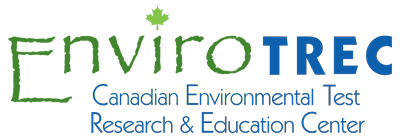Flight in adverse conditions, notably icing, has long been a justifiable concern for the traveling public. High visibility incidents have occurred and there is a need for an increased level of dedicated research and technology development in this domain.
Over the next twenty years as the volume of air traffic increases at a projected annualized rate of 4%, or greater, there will be the need not only to maintain current stringent airworthiness standards, but indeed to increase the levels of flight safety achieved. The effects of engine icing are increasingly being accepted as a high priority focus area.
Although recognized for some time, the knowledge that engine icing concerns exist outside of “cold” regions, and in fact, are likely most significant in warm zones, has added urgency to the need to address icing related air safety issues. Both the numbers and severity of icing incidents are greatest within 10-15 degrees of the equator and in the south central USA due to the convective weather systems that are typical of these zones.
While the initial focus of this globally unique facility will be on icing certification, follow-on phases of noxious and noise emission as well as alternative fuels research and technology development are planned and will be introduced. EnviroTREC in partnership with partner organizations has developed a Technology Framework that will be used to focus scarce resources to achieve maximum impact.

